Bypass in the heating system: what is it, why is it needed + example of self-installation
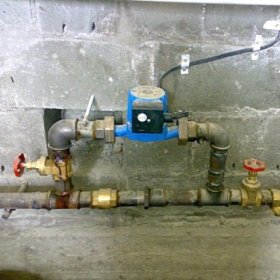
It is impossible to feel comfortable even in a very beautifully decorated house, if it is cold. Therefore, the primary task of any homeowner is the installation of an effective heating system. Moreover, it should ensure the creation of a pleasant microclimate in the premises, since the situation when “there is nothing to breathe” from the heat is no less unpleasant than the cold in the house. A way to avoid all these heating "extremes" has been invented for a very long time. Engineers have developed such a simple but very practical device as a bypass in a heating system. It is with its help that it is possible to very precisely control the flow of coolant into radiator batteries, if we are talking about a water heating system.
What is a bypass?
Probably, every self-respecting master installation of heating systems must explain to customers what a bypass is from the point of view of a simple layman. And, as you know, repetition is the mother of learning, therefore, we will literally briefly characterize this important structural element of the heating system.
Bypass is a jumper in the form of a pipe segment, which is installed between the direct and reverse wiring of a conventional heating radiator. The transverse diameter of the bypass must be one gauge smaller than the diameter of the supply pipes. Typically, a half-inch pipe is used for the bypass device.
Bypass Examples
Example # 1 - coolant adjustment
The functional purpose of the bypass is to return excess coolant from the battery to the riser when its quantity is changed by means of a manual or automatic temperature regulator. In other words, the coolant is transported through the bypass in parallel with the shutoff and control valves. Without this element, it is not possible to repair the battery when the heating system is operational. Bypass also speeds up the process of filling or emptying the system.
Example # 2 - running a system without electricity
The installation of a bypass in a heating system is especially relevant when installing modern heating systems that involve the use of circulation pumps. People who first encounter the installation of heating often ask the question to the masters or consultants in stores: "How will the system work if the electricity goes out?" After all, everyone is accustomed to the fact that a standard floor boiler, operated in the old years, was not connected with electricity. Equipping the heating system with a circulation pump makes it volatile.
That's it, in such situations, bypass comes to the rescue. In this case, its role is very simple - at the time of a power outage in the network, the consumer must turn off the taps for the coolant supply to the pump and open the tap on the central pipe.By the way, this can happen in automatic mode if a bypass with a valve is used. These simple manipulations put the heating system in natural circulation mode.
Installing devices on the bypass should be carried out towards the coolant in the following sequence:
- filter;
- check valve;
- circulation pump.
It is important to note that the introduction of a bypass into the riser near the circulation pump must be carried out using shut-off valves. And the element itself is better to install horizontally. In this case, the system will be protected from air accumulation.
Example # 3 - reanimation of single pipe heating
Yes, the one-pipe heating system is morally obsolete today, but it can still be found quite often in Soviet-built buildings. Moreover, there are such miracles when such heating works very efficiently and in apartments in the winter, it's just hot. Installing a bypass will also help correct the situation. In this work, in principle, there is nothing complicated, but nevertheless it is worth observing some conditions:
- The bypass should be located as far as possible from the vertical section of the pipe, i.e. as close to the battery as possible.
- The bypass pipe can be made directly at the installation site - you will need a pipe, a tee and welding. And you can purchase such an element in its finished form and perform installation on threaded connections.
- The radiator inlet and bypass must be separated by a control valve or radiator thermostat.
By installing such a device you will get a banal "temperature controller in the house."
The effect of the bypass pipe on energy consumption
Installing a bypass will definitely have a positive effect on reducing energy costs. If we compare the operation of the heating system with the involvement of the closing section and the normal flow section, the first will be characterized by a decrease in the volume of coolant supplied to the battery by 30-35%. This means that the heat transfer of the radiator will decrease within 10%.
In practice, these changes do not look dramatic if the system is really characterized by an excess of heat. In addition, if the size of the heating batteries is selected correctly, then there is a certain margin of efficiency, and these are the same 10-15%.
So it turns out that such a simple, even primitive at first glance detail, such as bypass, is a universal tool for creating a pleasant living environment in a house, despite the fact that energy bills will please homeowners in small amounts.
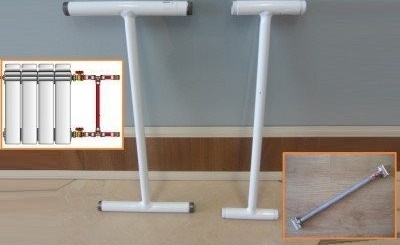
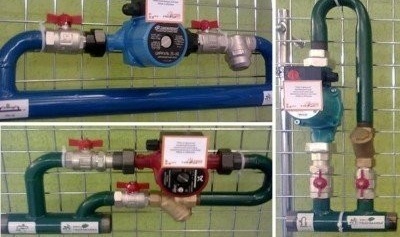
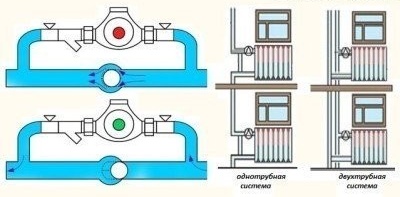

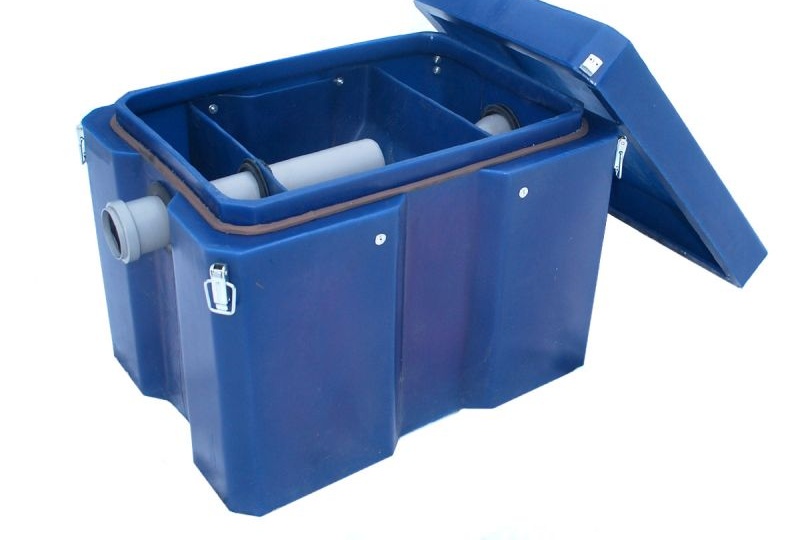

4 comments